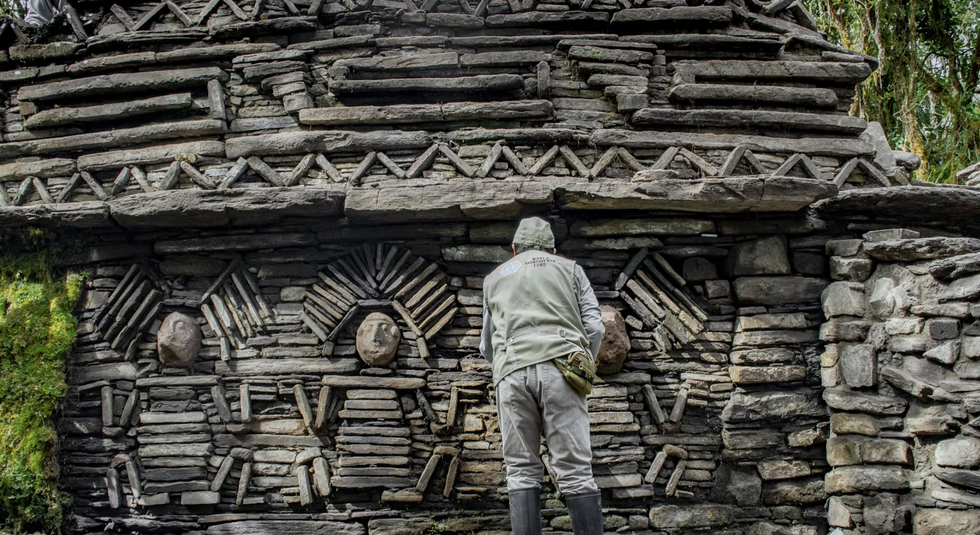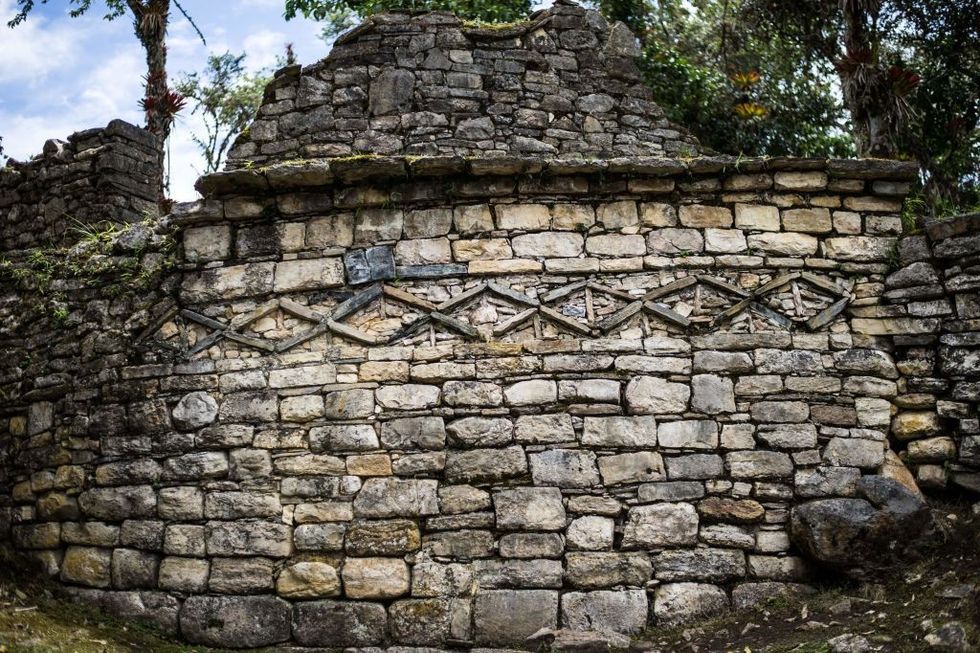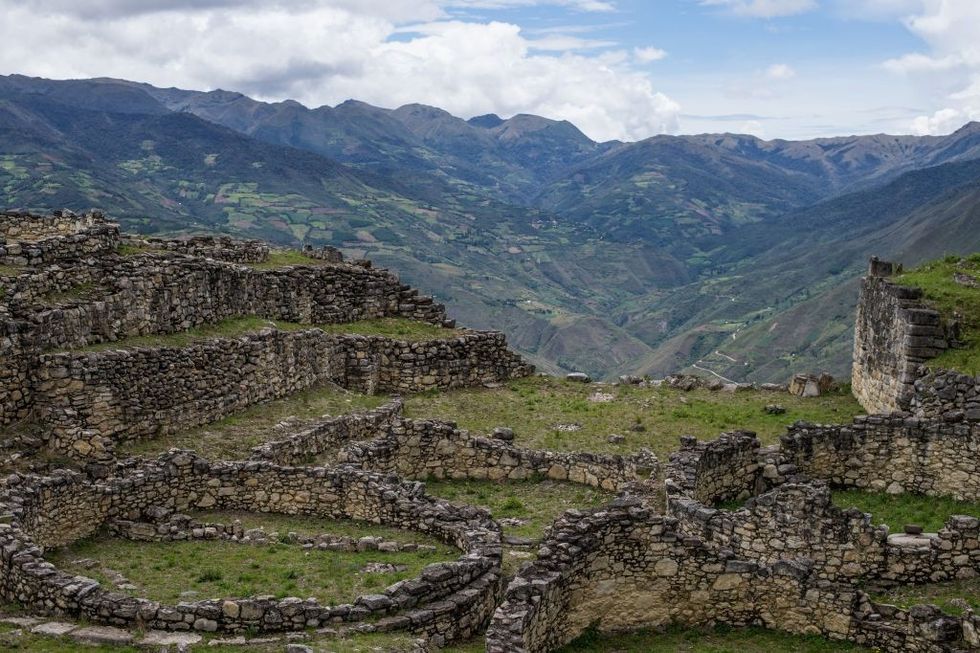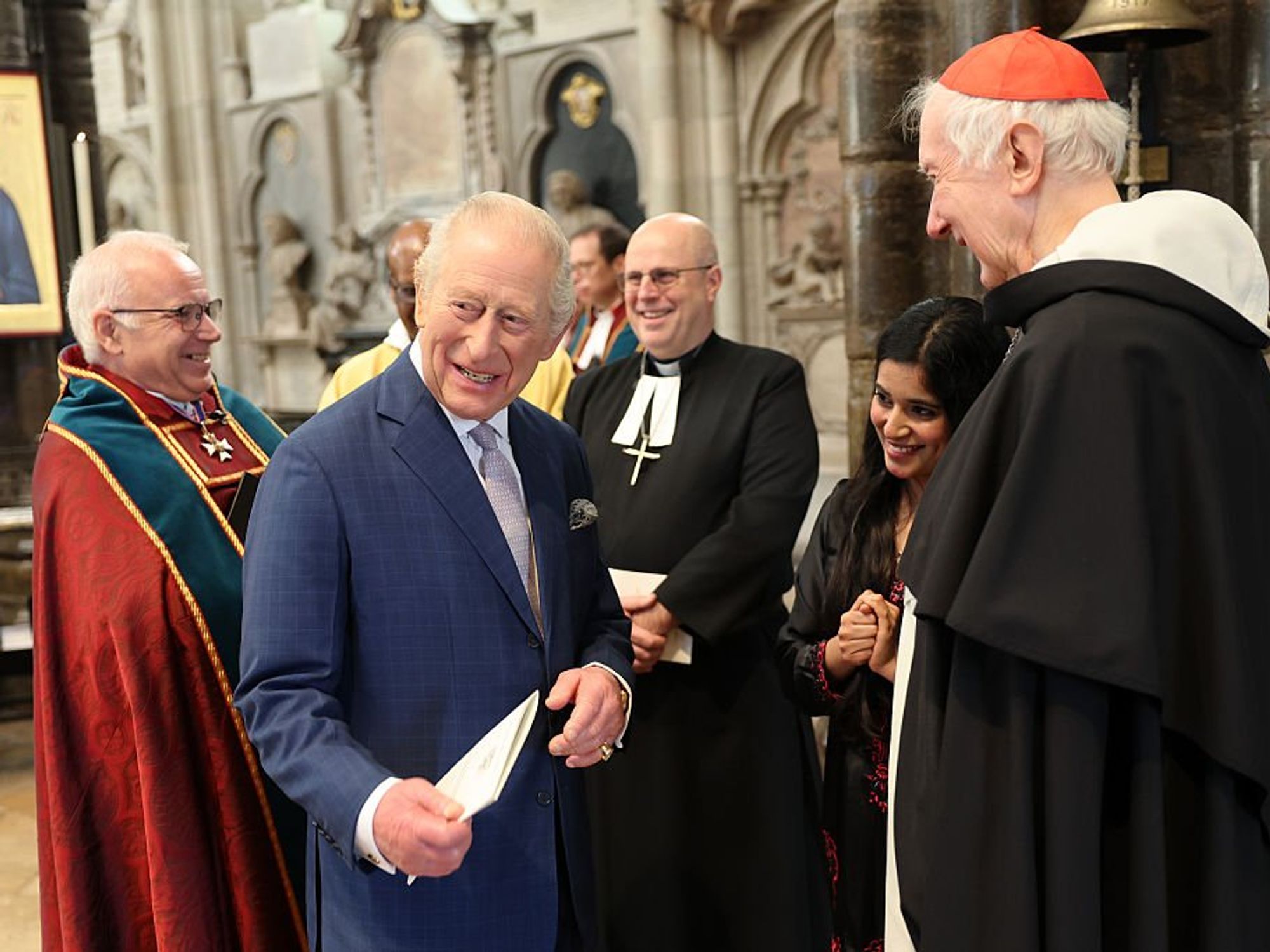Archaeology breakthrough as over 100 structures linked to ancient South American culture discovered

Experts believe the discovery will provide more clues about the ancient Chachapoya people
Don't Miss
Most Read
Latest
Archaeologists have uncovered over 100 previously unknown structures at a centuries-old archaeological complex in Peru's Río Abiseo National Park.
The discovery fundamentally reinterprets the Gran Pajatén, one of the most iconic remnants of the Chachapoya civilisation and an ancient Andean culture known as the "people of the cloud forest".
The findings reveal that Gran Pajatén was not a remote ceremonial outpost, but rather a central component in an articulated territorial system.
This represents a significant departure from previous understanding based on earlier research in the 1980s that documented only 26 buildings at the site.

Archaeological structures in Gran Patajén
|Heinz Plenge Pardo/World Monuments Fund
Led by Peru's World Monuments Fund, the investigation was conducted between 2022 and 2024 and combined traditional archaeology with remote sensing technology.
Aerial and terrestrial LiDAR scanning, photogrammetry, topographic mapping, and techno-morphological analysis were used by the researchers to map the dense terrain without damaging the fragile ecosystem or the remains beneath the forest canopy.
The advanced technology allowed scientists to penetrate the vegetation cover that had long obscured the site's full extent.
This approach proved essential given the environmental protections surrounding the area and the need to preserve the delicate archaeological remains.
LATEST DEVELOPMENTS

The Kuelap, a fortified citadel built by the Chachapoya indigenous people between the 6th and 11th centuries
|Getty
Gran Pajatén, situated on a ridge overlooking the valley of the Montecristi River some 500 kilometres north of Lima, was first discovered in the 1960s.
It is renowned for its circular stone buildings adorned with mosaics and friezes of human figures in high relief.
Recent analysis shows that the Chachapoya inhabited the site as early as the 14th century, with soil layers reflecting even earlier habitation.
The team also documented a wide pre-Hispanic roadway network linking Gran Pajatén to other major sites in the region, including La Playa, Papayas, and Los Pinchudos, providing evidence that the Chachapoya had a sophisticated and interconnected network of settlements.

The fortified citadel built by the Chachapoya indigenous peope
|Getty
Besides mapping, the project included conservation work on one of the site's main structures.
As Dr Ricardo Morales Gamarra, who led the conservation effort, explained, the staff conducted vegetation removal, stabilised stairways and stone reliefs, wall stabilisation, and even reassembled a section of a perimeter wall.
"This work constitutes a pioneering intervention that will serve as a model for future conservation actions in the area," Dr Morales said.
Because Gran Pajatén is situated within a protected ecological zone, public access remains restricted to preserve its delicate environment.











